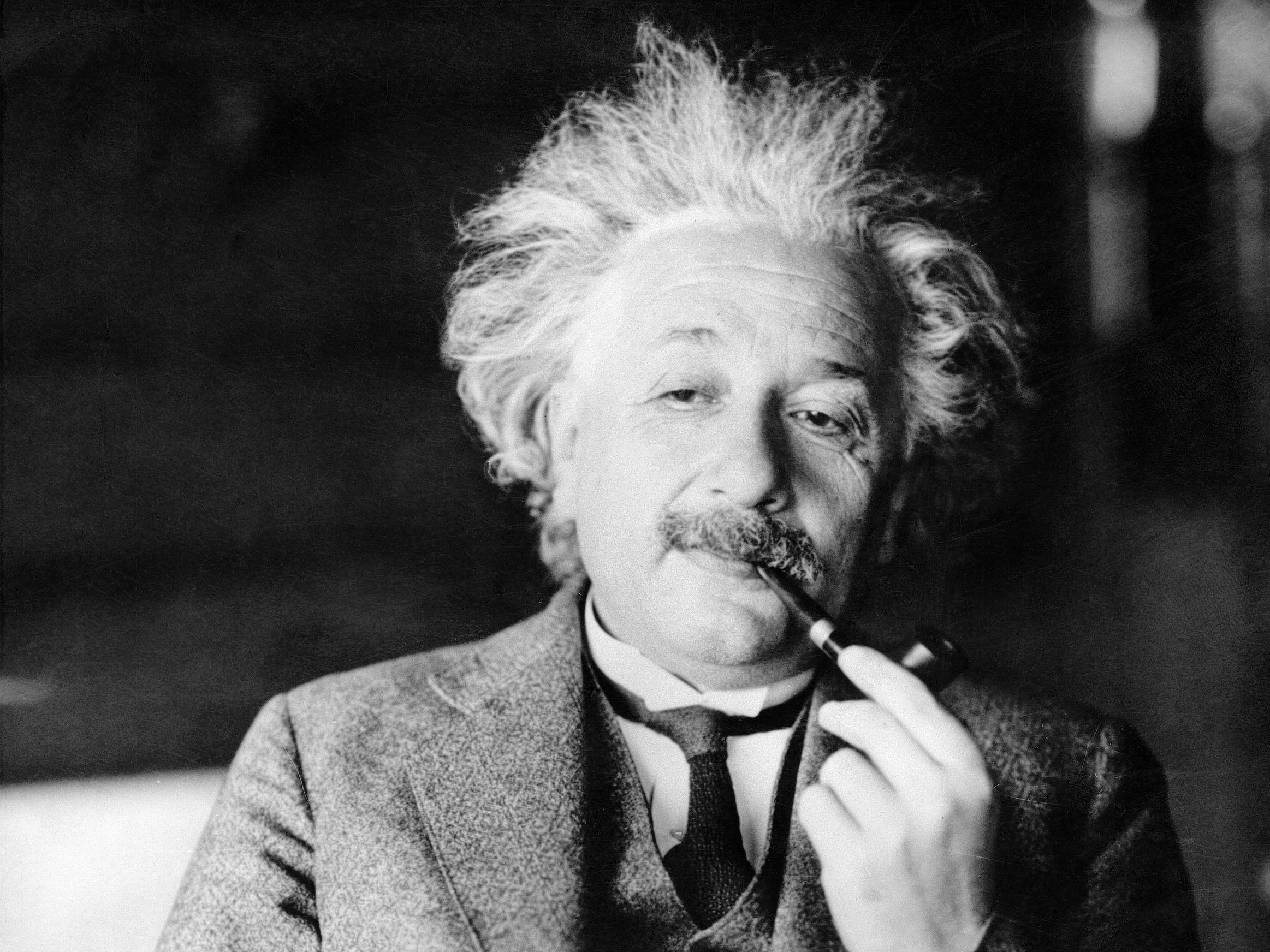The global foreign exchange market is one of the largest and most liquid financial markets in the world. It is estimated that the daily turnover of the global foreign exchange market is around $5 trillion. This makes it one of the most important markets for investors and traders alike.
The foreign exchange market is where currencies are traded. It is a decentralized market, meaning that it is not regulated by any one central authority. Instead, it is made up of a network of banks, brokers, and other financial institutions that facilitate the buying and selling of currencies.
The foreign exchange market is highly volatile and unpredictable. This is due to the fact that it is driven by a variety of factors, such as economic news, political events, and even speculation. As a result, it can be difficult to make sense of the market and to predict its movements.
However, there are some key concepts that can help investors and traders make sense of the global foreign exchange market. The first is understanding the different types of currencies that are traded. Currencies are divided into two main categories: major currencies and minor currencies. Major currencies are those that are widely traded and have a large impact on the global economy. Examples of major currencies include the US dollar, the euro, the Japanese yen, and the British pound. Minor currencies, on the other hand, are those that are less widely traded and have a smaller impact on the global economy.
The second concept to understand is the concept of currency pairs. A currency pair is a combination of two different currencies that are traded against each other. For example, the US dollar and the euro are often traded together in a currency pair known as the EUR/USD. The value of the currency pair is determined by the relative strength of the two currencies.
The third concept to understand is the concept of leverage. Leverage is the use of borrowed money to increase the potential return on an investment. In the foreign exchange market, leverage is often used to increase the potential profits of a trade. However, it is important to remember that leverage can also increase the potential losses of a trade.
Finally, it is important to understand the different types of orders that can be placed in the foreign exchange market. These include market orders, limit orders, and stop orders. Market orders are orders that are executed immediately at the current market price. Limit orders are orders that are executed at a specific price or better. Stop orders are orders that are executed when a certain price is reached.
By understanding these key concepts, investors and traders can make sense of the global foreign exchange market and make informed decisions about their trades. It is important to remember, however, that the foreign exchange market is highly unpredictable and that no one can guarantee profits. As such, it is important to always use risk management strategies when trading in the foreign exchange market.




